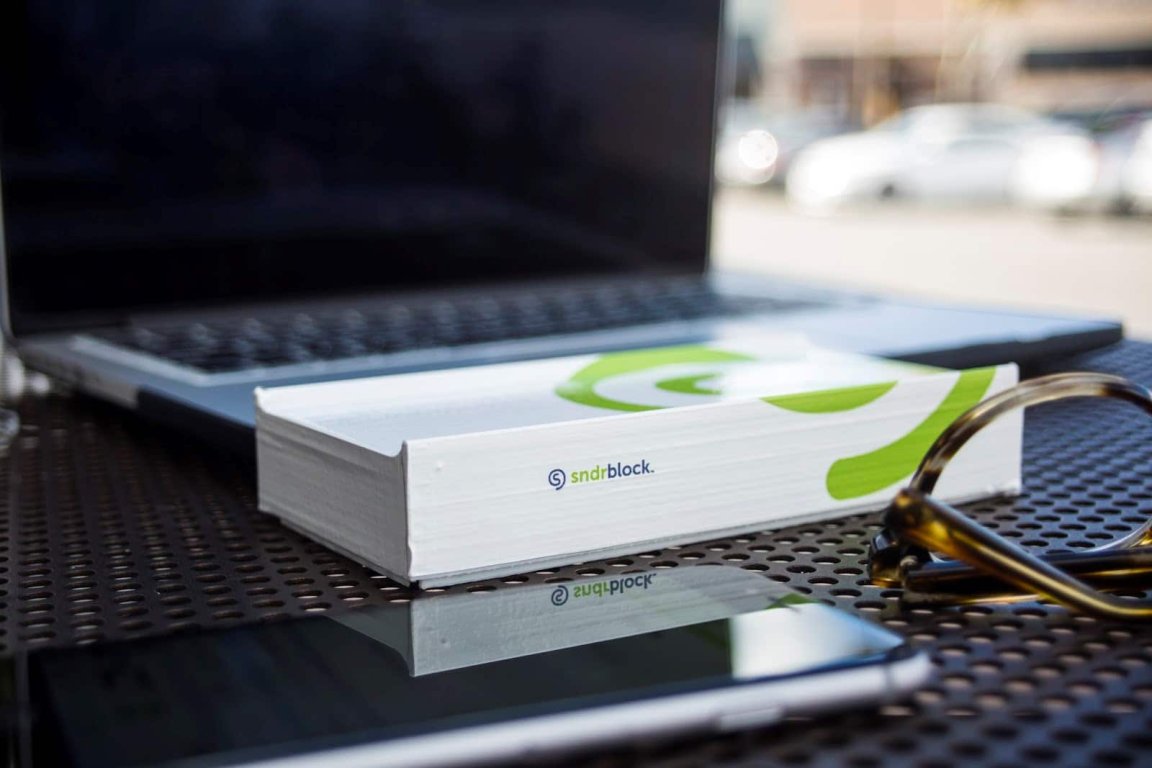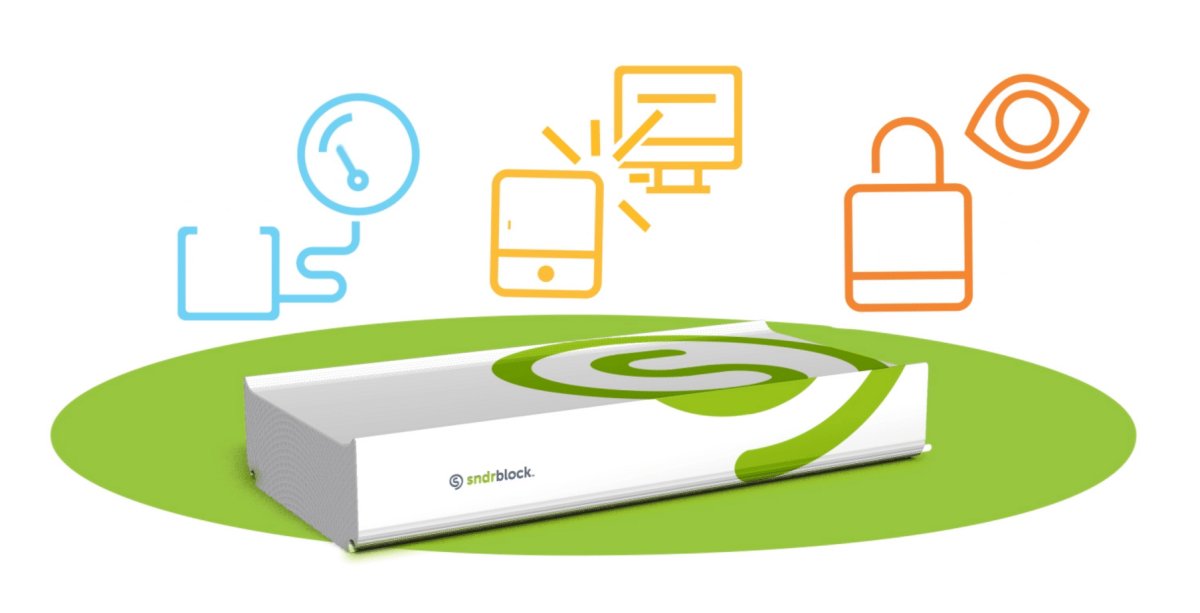
AMERICAN LAG
It’s no secret that the United States lags behind in global internet performance. In 2016, the average upload speed for mobile users was just 7.94 mb/s. Broadband upload speeds weren’t much better—just 18.88 mb/s on average [source].
At that rate, it would take nearly 15 hours to upload the contents of a 1TB hard drive to the cloud. In the age of 4K video and 63-megapixel panoramas, these are embarrassing and indefensible statistics.
And our problems don’t end there.
Data security and vulnerability has rapidly become one of the principal threats of our time. There isn’t a week that goes by that we don’t hear about some massive breach that compromises the privacy of millions of Americans.
Most of the world’s biggest platforms are susceptible—not just from external hackers breaking in, but also from internal employees who can simply walk out the front door with enormous amounts of sensitive information.
This was supposed to be the future; why isn’t the internet working for us yet?

A SECURE ELEVATOR TO THE CLOUD
Enter sndrBlock. Billed as a “hybrid cloud communication device,” it promises to resolve many of the stubborn hangups of the modern web—upload speeds, data vulnerability, even messaging and file control.
The palm-sized gadget was developed by cyber security expert Shaun Murphy, who spent the better part of his career building secure communication and transport systems for high profile clients like the Department of Defense.
sndrBlock launched on Kickstarter on Tuesday, and has already blown past its $68,000 goal. “We knew we wanted a low power device—about the power of a charging iPhone—that would have really fast network and disk throughput, so we could build our caching software,” Murphy explains.
“We couldn’t find anything out there that met our requirements, so we teamed up with Gerald Coley’s team to build this device.” Coley is best known for the BeagleBoard, a low power, open-source, single-board computer designed in collaboration with Texas Instruments.
The company is currently offering three versions of the device—a “pro” edition with a 32 GiB cache, a “business” edition with a whopping 256 GiB cache, and a “developer” edition for tinkerers. All three are backed with secure, near-unlimited cloud storage with max file limits of 5TB.
Ensuite software allows you to control the messages and files you send in perpetuity. You can recall or delete them remotely, disable downloading and printing, and even prevent screenshotting. The device also doubles as a secure virtual hard drive.
sndrBlock works like this:
- You select a message, document, or file (up to 5TB) you wish to send to someone in your contacts. This can come from any device—your laptop, tablet, even your phone.
- The file is quickly beamed to the sndrBlock device, which will transmit the communication on your behalf. That means you don’t have to wait around for it to finish uploading.
- Before the file is transmitted, sndrBlock utilizes proprietary technology to split your file into many encrypted fragments.
- One of these fragments will remain locally on the device, ensuring your file is safe in the cloud (it’s useless without the missing fragment).
- Because you have the fragment, the message or file you’ve sent always remains under your control. That means you can recall it or delete it anytime, even if it’s been downloaded.

“SECURITY FIRST”
We sat down with Shaun to learn more about what makes sndrBlock unique and why it’s so important to preserve net neutrality in 2017.
Q: Why did you create sndrBlock?
We created sndrBlock out of sheer frustration of slow upload speeds and the limitations of the centralized cloud platforms out there.
Q: How will it benefit the average internet user on a daily basis?
They will have the freedom to share the highest quality content they captured or created without waiting for slow cloud uploads, they can take back messages or files they sent immediately or even years after they hit send, and they have a single app that does all of this with true security.
Q: How is it different than other messaging and file sharing platforms that promise end-to-end encryption?
From day one, sndr was built around practical end-to-end cryptography, and every feature built into the system used that as a core foundation—not an afterthought or optional setting like other products. We see encryption as an essential layer, and it shouldn’t be a burden. People should be able to pick up a new device and continue a conversation they started on another device and see all of their old content, not just what’s happening now.
Our stack is built on encrypt + sign + hmac of all objects that pass through our system, all of the files, file metadata, messages, contacts, etc. This content is individually encrypted using unique keys, and those unique keys are wrapped for the sender and recipients. There are two levels of public key crypto: User and the user’s devices have separate keypairs. The user keypair is used for secure transmission of the encrypted object keys between users and the devices keypairs are used for system and peer authentication and for p2p signalling.
Q: What is your position on net neutrality, and how has that been incorporated into the product design?
Net neutrality is a must in our modern world. Every day, we use our smartphones, tablets, and other devices to try out new apps and services that just might make our lives better. It’s terrifying to think that innovation will be destroyed because the little guys can’t afford to pay for “fast lane” access or we’re stuck with the existing services that won’t allow us to upload 4K videos without first reducing the quality.
It’s also an insult to the US taxpayers who spent so much money building up this infrastructure only to get horrible upload speeds with the threat of even worse access in the upcoming year. You can’t make your ISP any faster, and even if you buy the top tier plan, you still get insulting upload speeds. This was the driving force behind our sndrBlock.
Q: How do you think the web will evolve in the coming years?
I see an elevation to a more authentic web in the upcoming years, where private and intimate content sharing and communication is cherished—not just because of security, but because of the high quality content that can be shared, as well as the control you (not some faceless tech giant) have to make sure content isn’t fake, modified, or abused.